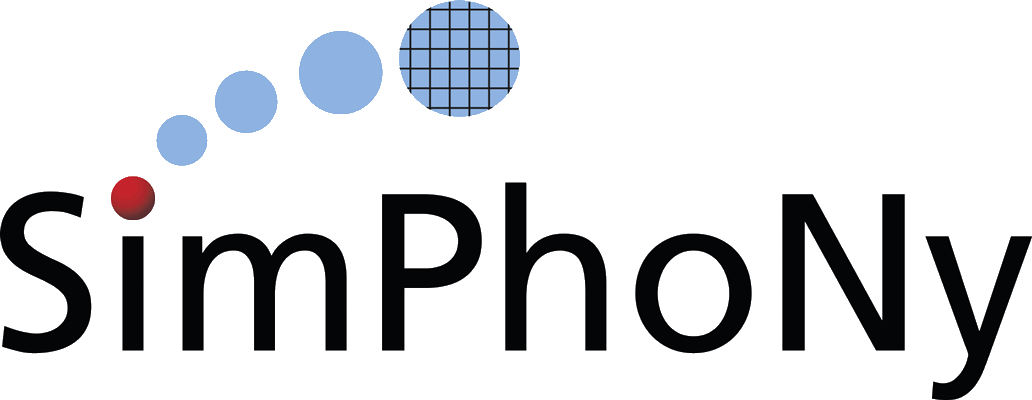Overview
Contents
Overview#
SimPhoNy is an ontology-based framework aimed at enabling interoperability between different simulation and data management tools (such as simulation engines, databases and data repositories) using a knowledge graph as the common language. It is focused on the domain of materials science.
What can SimPhoNy be used for?#
Manipulate ontology-based linked data, a format well suited for FAIR data principles#
Linked data is a format for structured data that facilitates the interoperability among different data sources. In particular, the data is structured as a directed graph, consistent of nodes and labeled arcs. With SimPhoNy, you can not only manipulate this linked data, but also transform existing non-linked data into linked data.
To better understand the idea of linked data, take a quick glance at the toy example below. It shows data about a city from three different data sources: the city’s traffic authority, a map from a city guide, and the university registry. As some of the concepts are present in multiple datasets, the linked data representation naturally joins all of them into a single one.
Linked data about a city from three different sources: the city’s traffic authority, a map from a city guide, and the university registry. Each data source is represented using a different color and column.
Although the example above shows just plain linked data, in SimPhoNy, the linked data is enhanced with ontologies, which give meaning to the data. Specifically, SimPhoNy works with ontologies based on the Web Ontology Language, making the data compatible with the Semantic Web.
Fetch data from a database, run a simulation and immediately store the results#
Ontology-based linked data is not only well suited for the interoperability of data, but also of software tools. In SimPhoNy, one can instantiate special “boxes” where linked data can be stored called wrappers. These wrappers are in fact a software interface between the core of SimPhoNy (ontology based) and external software tools, disguised to the user as a mere container for ontology entities. We have already developed wrappers for a few database backends and popular simulation engines for materials science. You can have a look at the existing wrappers on our GitHub organization. If needed, you may even consider developing your own!
As a SimPhoNy user, you can see the data stored in the external software tools transparently as ontology individuals through the wrappers. In this way, moving data between different software tools becomes as simple as moving or copying it from one wrapper to another.
For example, linked data stored in a SQLite database can be used to run a simulation just by adding the ontology individuals contained in the SQLite wrapper to the Simulation Engine wrapper. Similarly, the ontology individuals representing the results can be simply added back into the database wrapper.
At this point, the results could be fetched again and for example, visualized with the help of a plotting library.

Couple simulation engines easily#
Exactly in the same way that the data can be moved between a database and a simulation engine using their respective wrappers, it can also be moved between simulation engines.
This functionality facilitates the coupling and linking between such simulation engines. For example, in the domain of materials science, a certain engine might be useful for representing structures made up of atomistic particles (molecular dynamics), while another software tool could be focussed on representing bodies of fluids (fluid dynamics). As SimPhoNy can enable communication between the two tools, they could both be run and synced simultaneously to create more complex scenarios, such as a multi-scale simulation.
The concepts of coupling and linking illustrated in a video.
In order achieve that, it would be necessary to translate the input and output formats of both simulation engines. However, given that the necessary wrappers exist, and their ontologies are compatible, this task becomes relatively simple thanks to SimPhoNy! At the end of the coupling process, just add the results to a database wrapper to store them.
Coupling of two simulation engines, one that handles fluid dynamics (macroscopic behavior) and another that takes care of molecular dynamics (microscopic behavior).
